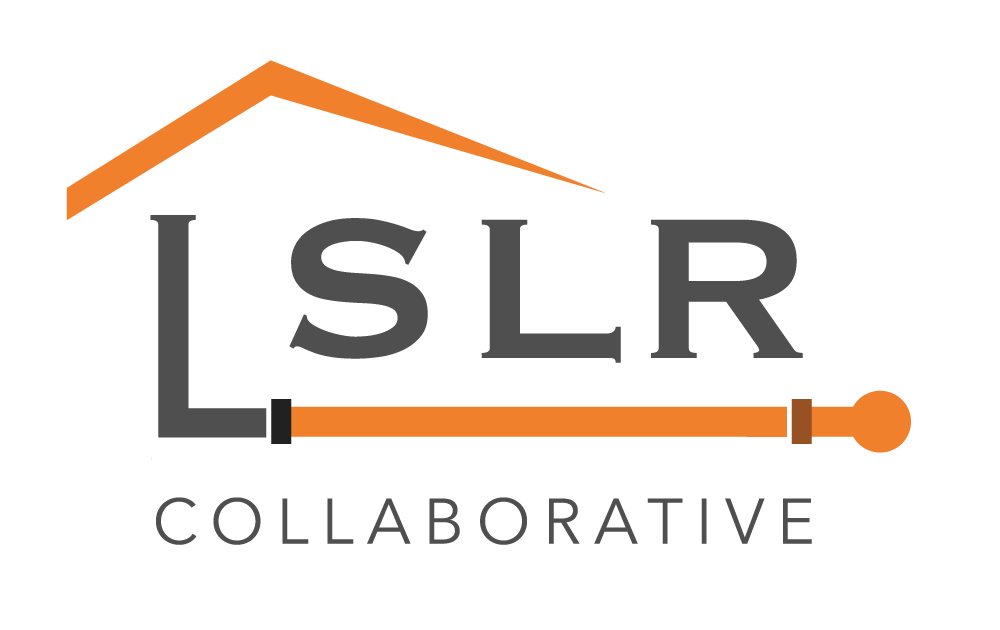|
Open Channel David LaFrance, Chief Executive Officer, American Water Works Read the original article.
AWWA knew that good things would happen when 24 organizations collaborated to accelerate, on a voluntary basis, the removal of lead service lines. That is why we were pleased to become part of the steering committee for the Lead Service Line Replacement (LSLR) Collaborative. The reasons for each group to join the LSLR Collaborative are the same and yet slightly different. Georges Benjamin is the executive director of the American Public Health Association. The association is an LSLR Collaborative member because, as Georges says, “The nation's aging water infrastructure is a public health problem. The replacement of lead service lines is at the heart of addressing this problem to reduce the risk of lead toxicity.” The LSLR Collaborative has created a set of tools available for your local solutions. This is a prime reason that Lynn Thorp and her organization, Clean Water Action, are LSLR Collaborative leaders. Lynn says that “fully replacing lead service lines is a logical next step in getting lead out of drinking water and helping local communities fully replace lead service lines sooner.” Grant Makers in Health Gail Bingham, President Emeritus, Resolve Nancy Stoner, Water Program Director and Senior Fellow, Pisces Foundation The critical connection between water and health can be found in almost every aspect of our lives. For most, this link is the water from the taps in our homes, where we expect to find clean, safe water to drink, shower, brew coffee, and brush our teeth. The recent tragedy in Flint, Michigan has reminded us that we should not take access to safe drinking water for granted. Children are particularly vulnerable. For example, a dose of lead that would have little effect on an adult can have a significant and irreversible effect on a child.
Read the full article. Clean Water Action Becky Smith, Massachusetts Campaign Director A great new tool was released recently to help communities speed up replacing their remaining Lead Service Lines (LSLs), which deliver drinking water to millions of homes across the U.S. The Lead Service Line Replacement Collaborative is working to accelerate full lead service line replacement by engaging community stakeholders in collaborative processes in this critical undertaking. The Collaborative’s work is based on the recognition that we need to get lead out of contact with drinking water to prevent the risk of exposure to lead at the tap.
Read the full blog. Michael Deane, Executive Director, National Association of Water Companies Contributor to HuffPost It’s no secret – the situations in Flint, Michigan and other cities have heightened awareness and sparked action about the challenges of our nation’s aging water infrastructure. Lead and other contaminants in Americans’ water have received quite a bit of attention over the past couple of years – with good reason. Nationwide, outdated lead service lines connect an estimated 6.1 million or more homes and businesses. Service lines are the pipes that connect the utilities’ underground system of water mains and pipes to a home, business or public-use facility, and are the responsibility of the home or business owner.
Read the full article. National Association of Water Companies
On January 10, the Lead Service Line Replacement Collaborative announced a joint effort to accelerate full removal of the lead pipes providing drinking water to millions of American homes. Read the full blog. National Drinking Water Alliance
Check out the latest new resource to help communities replace lead service lines to improve tap water quality - the Lead Service Line Replacement Collaborative project. The collaborative of 23 national public health, water utility, labor, consumer, housing, state and local governmental, and environmental organizations are uniting to help communities replace old lead pipes that are the primary culprit behind the lead contamination of millions of Americans' drinking water. Read the full post. Association of Drinking Water Administrators
The Lead Service Line Replacement (LSLR) Collaborative, a diverse coalition of 23 national public health, water utility, environmental labor, consumer, housing, and state and local governmental organizations, released an online toolkit designed to help communities across the U.S. accelerate removal of lead service lines. Removing these lead pipes provides an opportunity to significantly reduce the risk of exposure to lead in drinking water. Read the full post. USAToday
Laura Ungar Nearly two dozen environmental, health, consumer and water utility groups are uniting to help communities replace old lead pipes that are the primary culprit behind the lead contamination of millions of Americans' drinking water. The Lead Service Line Replacement Collaborative won’t change out the pipes itself. But starting this week, it will provide communities with advice and tools to speed up pipe replacement. Read the full article. PIX11
Christie Duffy Nearly two-dozen organizations have joined forces to attack the widespread problem of lead in water. They want to stop contamination at the source, which is likely beneath your feet. An estimated 6.1 million lead service lines join water mains to the plumbing inside homes and businesses across the country. When the water flowing though the lines is corrosive, small particles of lead can break off and flow right into your cup. Read the full article. American Water Works Association
The Lead Service Line Replacement (LSLR) Collaborative, a diverse coalition of 23 water utility, public health, environmental, labor, consumer, housing, and state and local governmental organizations – including AWWA -- today released an online toolkit designed to help communities across the United States accelerate removal of lead service lines. Read the full post. |
Have a suggestion for an article or blog to add?
Let us know! Type
All
Date
April 2023
|


 RSS Feed
RSS Feed